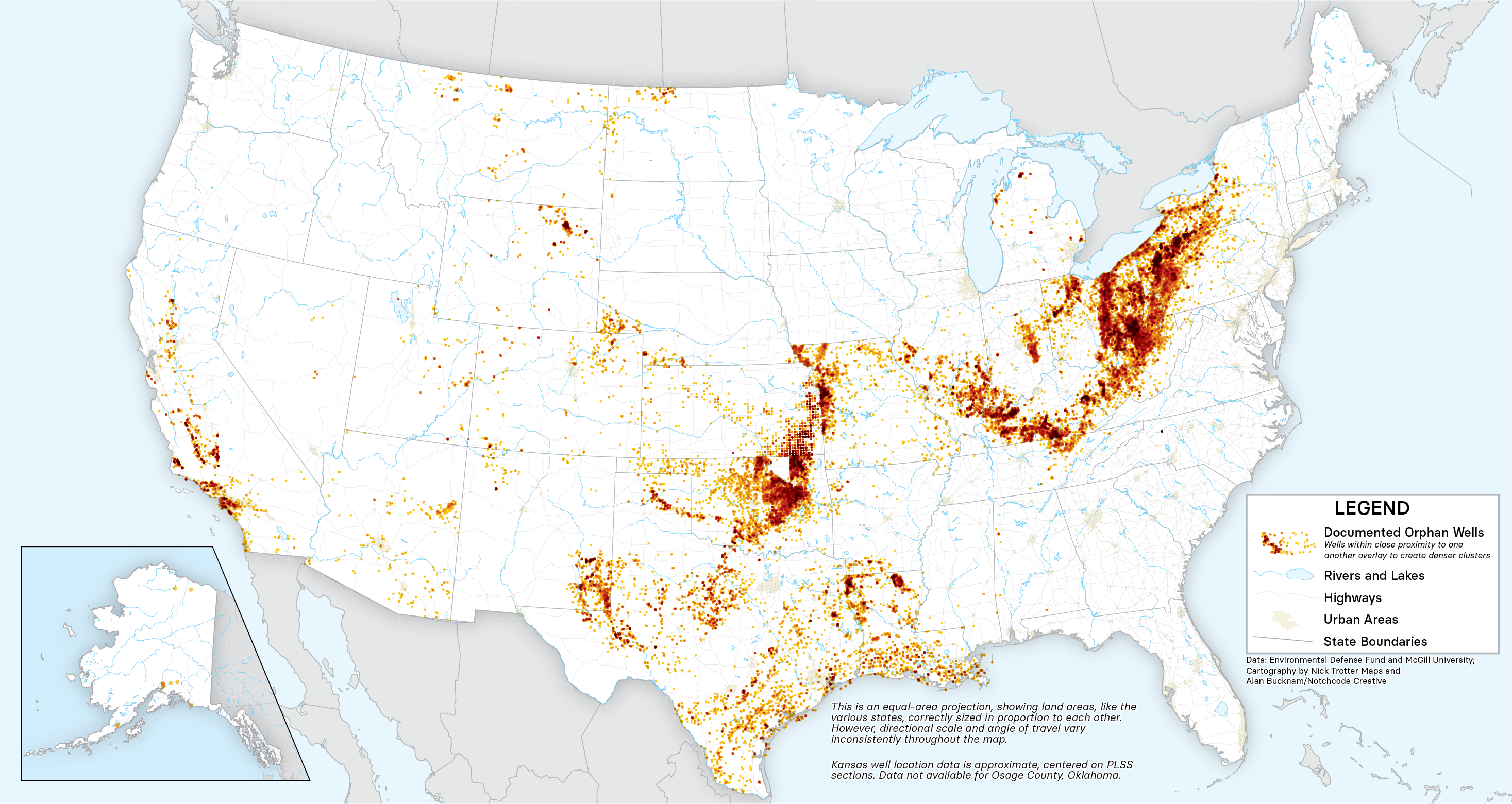As we reflect on 2024, we are reminded of the profound impact our work has had on the communities we serve. This year brought both challenges and opportunities — from disaster response to new commercial construction — and our teams stood ready to meet each moment with unwavering purpose.
Responding When It Mattered Most
When real-world events put our preparedness to the test, our Disaster Services teams answered the call. From rapid response to long-term recovery, they provided peace of mind in some of the toughest conditions imaginable. Their tireless efforts supported communities in their most vulnerable moments, embodying our commitment to leave each person better than we encountered them.
Building Spaces that Inspire Progress
Our Construction teams reached new heights in 2024, advancing critical projects across education, healthcare, research, entertainment, and transportation. Working on demanding schedules, in bustling urban centers, and with innovative architectural designs, they brought new spaces to life. Every project was an opportunity to create lasting impact, and our teams delivered with precision, passion, and purpose.
Living Our Commitment Every Day
Across every sector and service line, our people remain at the heart of our mission. Whether restoring communities after disaster or constructing the spaces where learning, healing, and growth take place, we approach every project with the goal of leaving each person and each place better than we found them.As we close this chapter and look ahead to 2025, we do so with immense pride in what we’ve accomplished and gratitude for our employees, clients, trade partners, and vendors who made it all possible. Together, we continue to strengthen the communities we serve, one project at a time.
2024 Impact Map

The Year in Pictures

LEMOINE’s Building Construction teams have made significant contributions to enhancing communities across Louisiana and beyond. In 2024 alone, the team worked on 60 individual projects, with 36 projects—totaling over $426 million—successfully completed.
Key Education Projects: Edward Hynes Charter School at UNO, Xavier University Parking Garage, Tulane University Natatorium, Truman Early Learning Center
Notable Healthcare Projects: Our Lady of Lourdes Youngsville Physician Clinic, Citizens Rural Health Clinic, East Jefferson General Health Masterplan Projects
Important Cultural Projects: BREC Greenwood Park and Baton Rouge Zoo, Leroy D. Williams Memorial Library, Port Wonder Children’s Museum
These projects reflect LEMOINE’s dedication to building projects that enhance the lives of all involved in the communities we serve.

LEMOINE Disaster Services achieved a monumental milestone in 2024 through a long-term housing project in Louisiana. Setting out with the ambitious goal of completing 750 homes, our dedicated team exceeded expectations by restoring more than 900 properties. This achievement reflects the relentless commitment and hard work of our team members, whose efforts have brought hope and stability to countless families.
The impact of this work goes beyond physical structures — it restores a sense of normalcy and provides a foundation for brighter futures. We’re proud to play a role in Louisiana’s continued recovery, supporting communities in their journey toward resilience and renewal.

LEMOINE Infrastructure continued to strengthen its core market services in Civil, Public Works, and Concrete throughout 2024, delivering exceptional results on over 35 projects totaling more than $205 million. Notable Projects include Laurel Ridge Levee Extension, Belle Chasse Water Treatment Plant Intake Pump Station, and Ampirical – Cleco Caneland Substation.
LEMOINE Infrastructure was also honored to receive its first Excellence in Construction Awards from both the ABC Bayou and ABC Pelican Chapters for the outstanding execution of the Taxiway F Phase III project at the Lafayette Regional Airport. These accomplishments reflect LEMOINE Infrastructure’s unwavering commitment to excellence in every project.

DCMC Partners, a LEMOINE Company, continued to support and expand its service offerings, supporting communities and organizations in recovery and resiliency efforts across the United States and Puerto Rico. DCMC was selected to support recovery and project management efforts for all of Puerto Rico’s power generation services across the islands as part of Genera PR.
Following this year’s dramatic hurricane season, including the devastating impacts from Hurricanes Helene and Milton, DCMC has played an instrumental role in assisting communities and utilities across Florida, Georgia, and North Carolina recover from and rebuild more resilient organizations that are better prepared for future disasters.

In 2024, Macro, a LEMOINE Company, responded to a wide range of disasters, including winter storms, potable water crises, wildfires, and one of the busiest hurricane seasons the Gulf Coast has ever faced. With an expansion of their fleet to over 110 potable water tankers, Macro has emerged as the nation’s leading emergency potable water provider.
The deployments for Hurricanes Helene and Milton marked the largest disaster response in Macro’s history, with unprecedented levels of equipment and personnel mobilized from Florida to North Carolina. Through these efforts, Macro demonstrated unmatched resilience, efficiency, and commitment to providing life-saving fuel and water to communities in need.

LEMOINE Program Services, the firm’s comprehensive project and program management division, continued to grow its team, expand service offerings, and broaden its reach across the United States. In 2024, our expert program management staff delivered vital support on notable projects, including: The Birmingham Jefferson Convention Complex Amphitheater (pictured), Henan Drummond Center of Innovation, and the University of Alabama BioMed and Psychology Building.
As part of this growth, LEMOINE Program Services established new offices in Madison, Mississippi, and Mobile, Alabama, strengthening our presence in the Gulf Coast region and enhancing our ability to serve clients with localized expertise and accessible support.
Looking ahead to 2025, this key division is poised for continued growth, partnering with owners across various industries to successfully execute critical projects.

This year, The Workforce Group, a LEMOINE Company, has provided ongoing program management support for long-term CDBG-DR and FEMA IA recovery programs in Louisiana and Georgia. Workforce Group also provided 500+ personnel across Florida, Georgia, Tennessee, North Carolina, and South Carolina in response to Hurricane’s Helene and Milton.
Our team supported shelter management, program management, debris management, inspections, logistical support, and staff augmentation in over 70 individual project locations across five states.






































